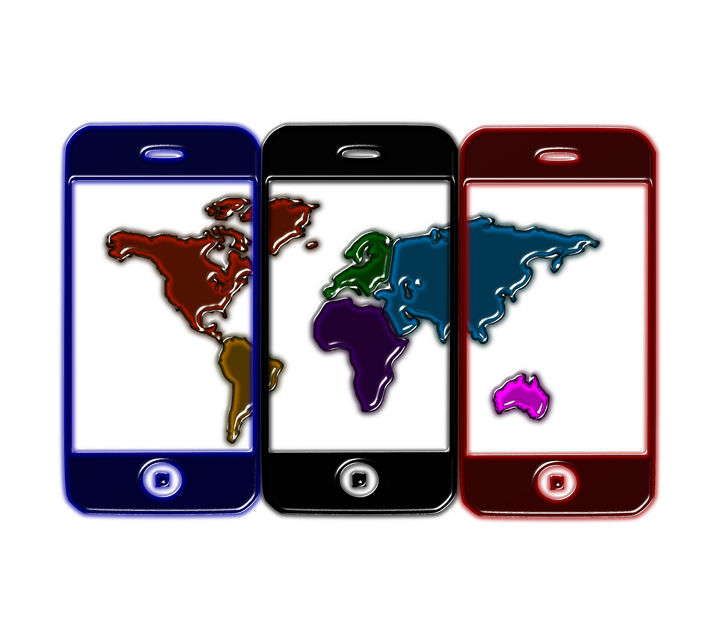
image credit: pixabay
Millennials: The ‘Connected’ Generation
Globally, we are becoming more and more connected every day. Our progression as a society is dependent upon the technology we create and adopt. That’s why smartphone and Internet use in emerging economies are such a big deal. Advancements in technology are no longer limited to established economies, where internet use and ownership of high-tech gadgetry is still king.
What is an Emerging Economy?
Initially coined in 1981 by economists with the International Finance Corporation, the term ‘emerging economies’ refers to any country with a low-, to middle-, per capita income experiencing rapid economic growth. More specifically, it centers on countries where their growth is the result of technology and rapid industrialization. They are countries on the frontiers of politics and economy. And when technology surges in an emerging economy, the rest of the world listens.
Recent Growth
Pew Global recently released information on smartphone and internet growth. Two years ago, in 2013, the number of people using a smartphone and internet technologies in emerging economies hovered at an impressive 45%. Fast forward to 2015 and that number jumps to 54%, with the lion’s share of the increase originating from economies such as China, Brazil, and Malaysia.
Typically, Internet users from emerging countries use social media more often than compared to their more developed counterparts. But, it’s worth noting that while those in emerging economies are using the internet more, internet access rates are still far behind the rest of the world. That means the overall number of users joining in social media connection is still just a small slice of their overall population.
Pew also found that wealthier nations tended to have greater Internet access rates, along with higher numbers of reported smartphone ownership.

image credit: pixabay
Millennials
But the most significant discovery may be that in nearly every country evaluated, Millennials (18 to 34-year-olds) were the most likely demographic to be “internet and smartphone users, compared with those 35 and older.”
Think of it this way: because of the youth associated with smartphone and internet usage, the way we do business on the web is being redefined; Millennials tend to maintain an ‘always-connected’ approach, participating in social media networking every day.

image credit: pixabay
Smartphones and South Korea
Korea loves smartphones. It’s not just convenience; it’s cultural. 88% of all South Korean’s say they own at least one smartphone. The country has the highest ownership rate of smartphones, globally, with retailers and smartphone accessory shops on nearly every street in Seoul. (Korean Electronics giant Samsung just reclaimed the top spot in US Smartphone sales thanks to strong Galaxy S7 purchases, accounting for 28.8 percent of the US market.) Korea also has the world’s highest broadband accessibility (98.5% of all Korean households) and the fastest internet connection at a speedy 23.1 Mbps!
Which emerging economies saw the most growth?
Smartphone ownership has exploded in many emerging economies, such as Turkey, Malaysia, Brazil, and Chile.
And China, Ghana, and Nigeria saw a significant increase in internet use (adult users who go online three or more times per day).
While the increases reported in smartphone, internet usage since 2015 are impressive, the UN reminds us that billions of people in developing countries are still without reliable internet access.

image credit: pixabay
Broadband
Broadband, what so many of us consider commonplace, is still considered a rarity for many around the globe, failing to reach “90 percent of those living in the poorest nations.” The lowest access rates reported in sub-Saharan Africa where the Internet is available to less than 2% of the populations of countries: Guinea, Burundi, Somalia, and Eritrea.
As smartphone and internet usage expands we will see a continued growth of the overall economy as small, mom-and-pop retailers around the world step up to operate in the global marketplace. With point-of-sale apps available for download and instant use, and websites that can be purchased and personalized on your smartphone, the opportunities available are only limited by your imagination. The future is in our hands.
